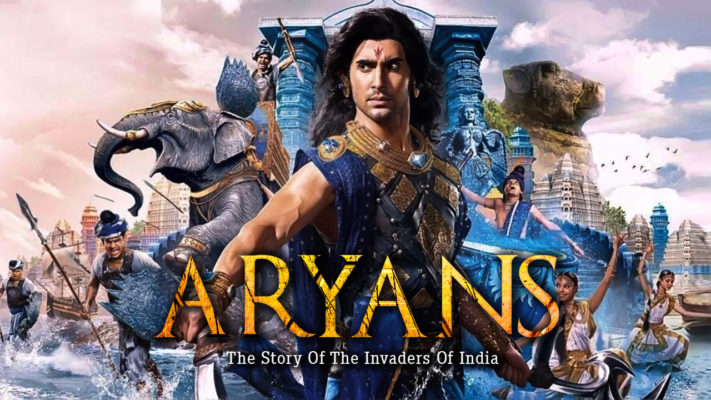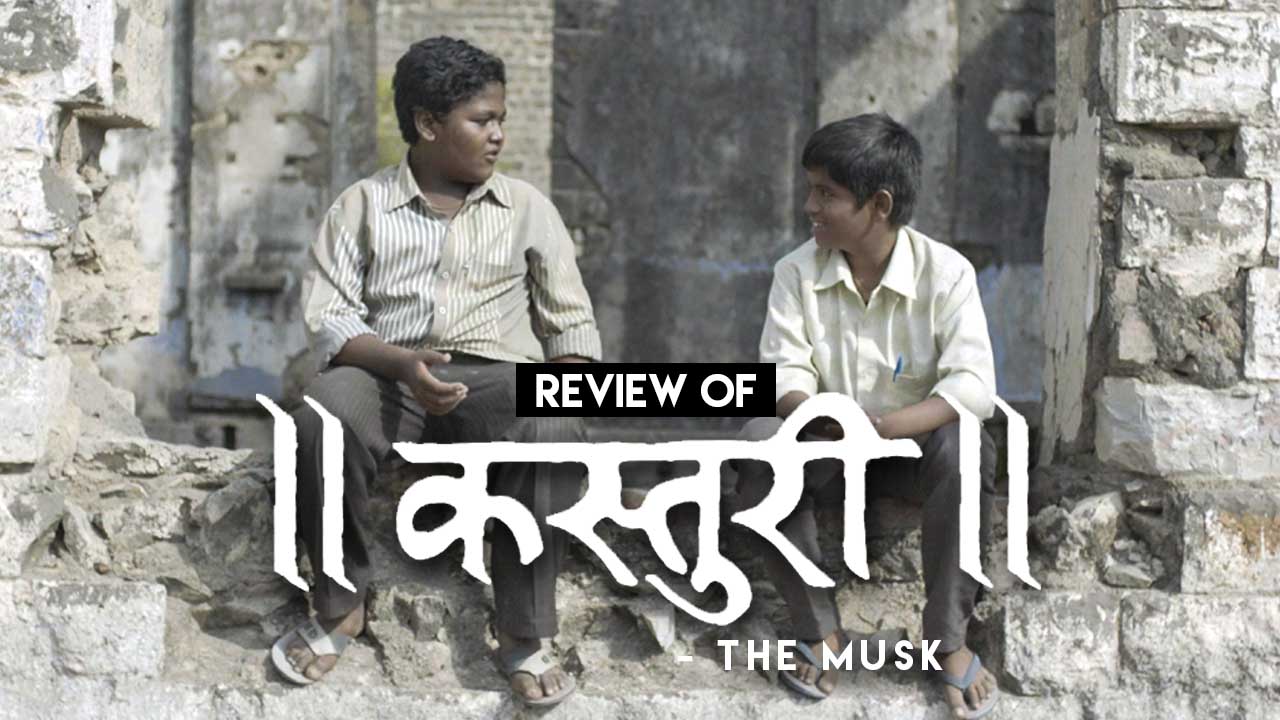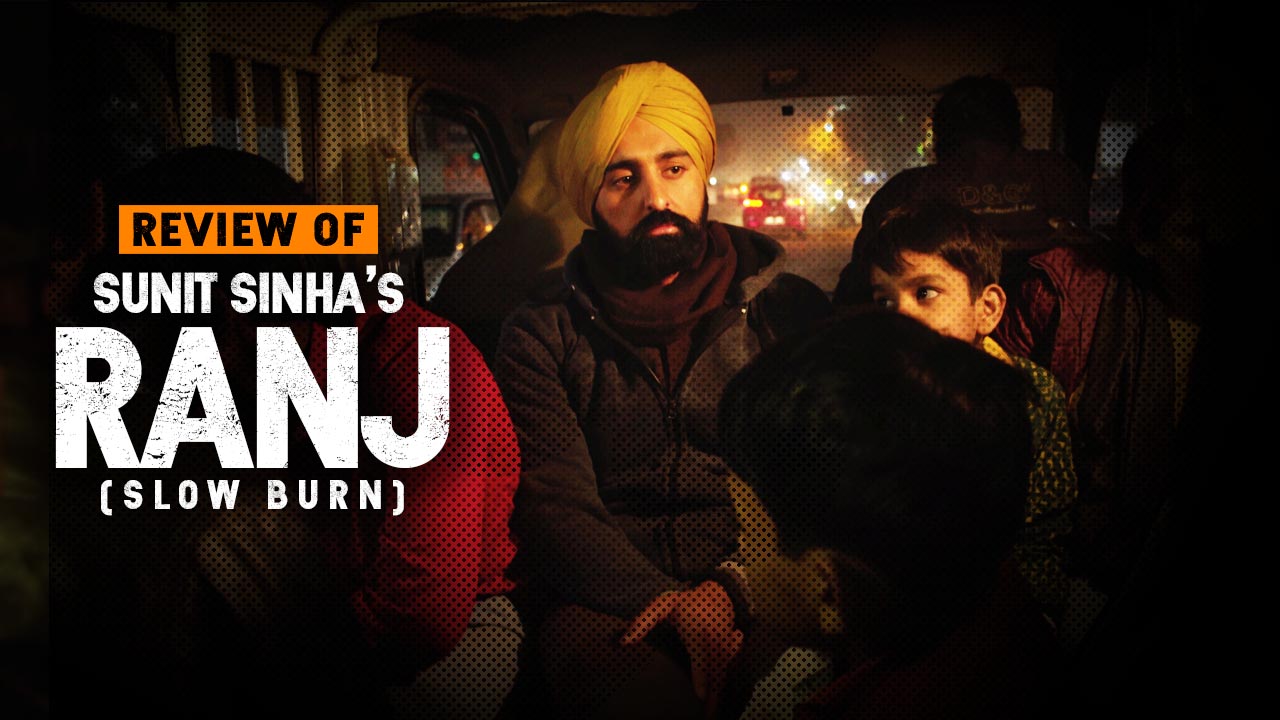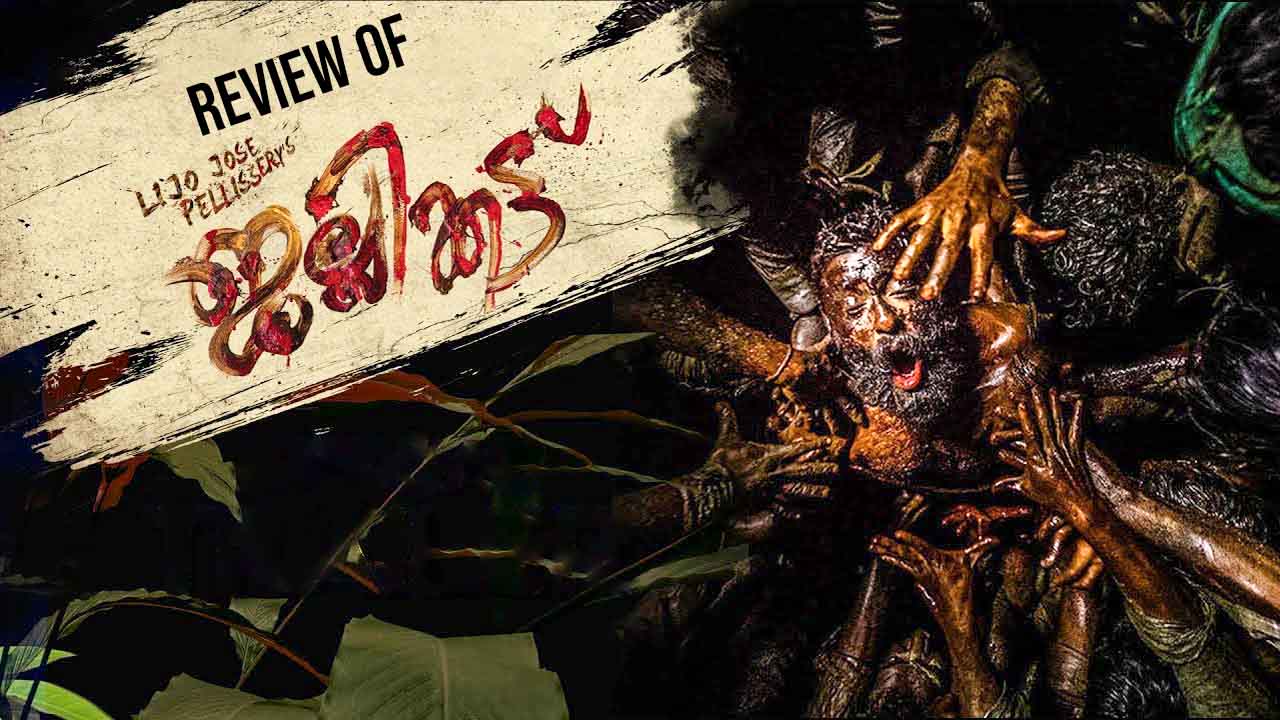
What Is Aryan Migration?
The term ‘Aryan Invasion’ has been familiar to most of the Indians since decades. With the results, from the relentless study on this all-time controversial topic, being released every few months, it leaves no room for the people of this country to stop debating. The term Aryan Invasion has been replaced with Aryan Migration to allay the intensity of the problem. However, it has not worked its charm. The conjecture that Indian populace is the result of the migration from European countries is constantly at odds with the assumption that the migration happened from India to other countries. It has been a constant conflict between the two parties’ ideology and information backed up by the incessant work of Scientists and Historians in favour of their argument.
The major controversy is stirred up when a sizeable amount of people in India started to believe that this country is divided into Aryans and Dravidians. Aryans are considered to be white-skinned and belong to the Northern parts of the country and Dravidians are, generally, dark-skinned and reside in the Southern part of the country. While Aryans believe themselves to be the original occupants of India, some pro-Dravidians accuse Aryans of being foreigners.
Aryan Migration is considered to be one of the fundamental principles that hold Indian history in place, according to Indologists. In simple words, Aryan Migration Theory can be explained as:
- The original occupants of India, Dravidians are settled all over western India and contemporary Pakistan.
- The Indo-Aryans from the West are considered to have invaded India around 1500 BC and dominated the native Dravidians and drove them away to the Southern part of the country.
- These Indo-Aryans were the ones who composed Vedas, imparted Hinduism to all the other natives of India.
Evidence That Support Aryan Migration
Scientists and Historians that approve of Aryan Migration came up with a substantial amount of evidence based on the linguistics, archaeology and genetics. They strongly believe that most of the culture we follow today has been carried from other countries into India.
- According to Max Muller, the Sanskrit language was observed to be very similar to languages like Latin and Greek. They argue that Sanskrit is the mother language of all European languages. This linguistic similarity laid the base for such a controversial finding.
- It is also not inconceivable that the Vedic Brahmin can be a combination of the priest from the Harappan era and the priest from a migrating tribe. Animal sacrifices was an accepted custom in most of the tribes in that age which does not make it implausible about migration.
- The proponents of Aryan migration also argue that ‘horse and chariots’ were introduced to India by immigrants. The reference of horse-driven chariots in some of the verses in the Rig Veda makes the Aryan invasion argument strong. Some literary proofs from Rig Veda suggest that the authors of Rig Veda verses belong to the Aryan civilization from Ancient Persia.
- The genome-wide data that was collected from ancient people were examined to find that the DNA collected suggested that migration, indeed, took place, especially from Indus and Central Asia. They also proposed that the human remains from those sites indicated extensive mixing of the population.
Evidence That Oppose Aryan Migration
This ongoing debate on the Aryan Migration Theory seems to be unresolved even after several decades as the evidence from archaeology, linguistics, literary and genetics show the Indigenous Aryans theory tends to have an edge over the Aryan Migration theory. It is not surprising to see someone put in perpetual efforts to prove their identity or originality. These conclusive proof form a strong argument for Out of India Theory.
- The ancient post-Vedic texts are found to have pieces of evidence that show that they are from before 1500 BC and belong to North-west India. The word ‘Aryavartha’ which translates to ‘the land of Aryans’ is clearly mentioned and described in Sanskrit texts, with data showing the geographical locations of India like the Himalayas and Vindhya mountains, which confirms the existence of Sanskrit language and the Aryans from before 1500 BC.
- The customs and rituals pertaining to sacrifices that are mentioned in the Vedic texts are considered to have resemblances with those that are in effect during the Harappa period, making it understandable that Rig Veda existed far earlier before the ‘so-called’ Aryan Migration took place.
- The linguistic evidence that shows the commonality between Sanskrit and other European languages has not been credited to Aryan Migration but was attributed to the cultural and trade ties with Babylon that were prevalent during the Harappan civilization. The seals and the cultural remnants from the Harappan times show their similarities with those from Babylon and other early civilizations. This helps the opponents argue that the language similarity was ever-present and after a while moved from South to North.
- The R1 gene that is carried by men was found to be originated in India and therefore supports Out of India Theory. Opponents also argue that the DNA samples taken from the ancient individuals is not capable of giving the information pertaining to the language they spoke and that nullifies the connection between linguistics and Migration.
Conclusion
While the Indologists argue that the present-day Indian population is a result of Aryan Migration that has happened, some historians counterclaim the Out-of-India Theory, which explains the migration of Europeans from India.
The major consequence of this unceasing debate on Aryan Migration is the inability to see and accept the continuities and discontinuities that occurred in the development of our civilization because the Historians and the Scientists have adopted two extreme positions and are adamant to compromise. It has also taken its toll on the present day archaeological findings since the competition between the proponents and the opponents are keen to use any sort of evidence to strengthen their argument. We cannot disagree with the fact that some of the important aspects of Indian history are not properly researched or documented. The Sanskrit texts are found to be neglected or not assimilated by any English Historians. The regional kingdoms, gender and caste equations, and social movements should be studied deeper to correct the wrong generalizations about the Indian history.
It is imperative that further research will need unbiased Historians and Scientists. A considerable amount of work needs to be done to bring together both the parties and to unveil the truth. It is also important that the great history of this country should not be tarnished for a selfish motive of either group. It is time for India to be rediscovered with new and fresh insights into this subject that can unify us, rather than split us based on our opinions. If we are to accept that we are a multi-source civilization, it should be done knowing that our dignity is not lost in accepting our origins and if we are to acknowledge India as our original homeland, nothing else would make us more proud.














